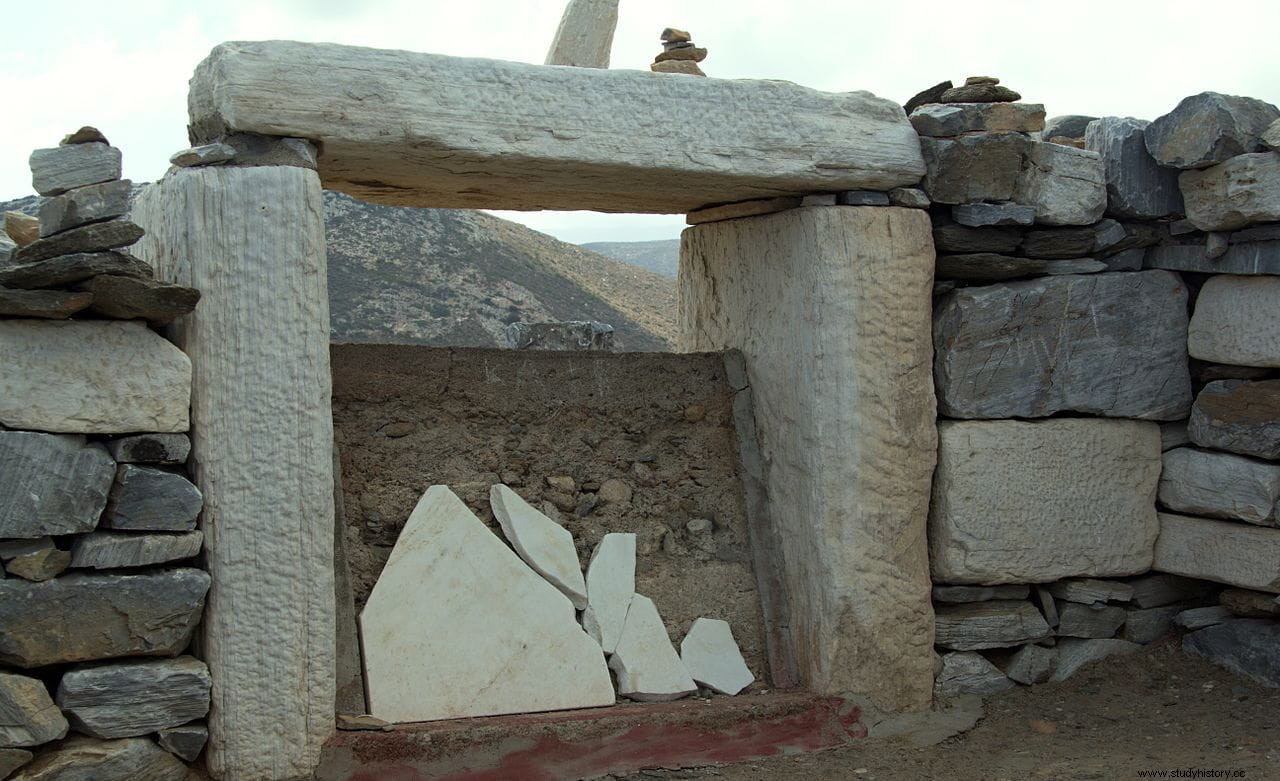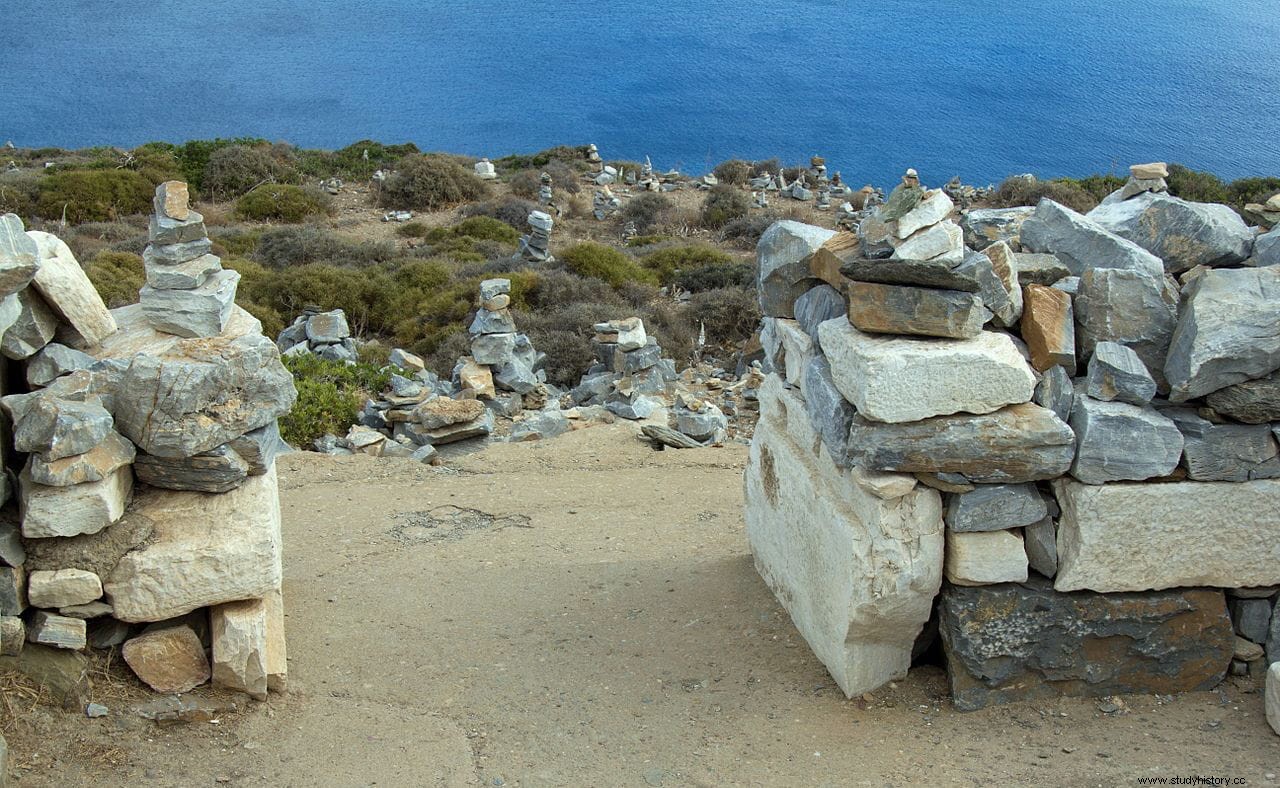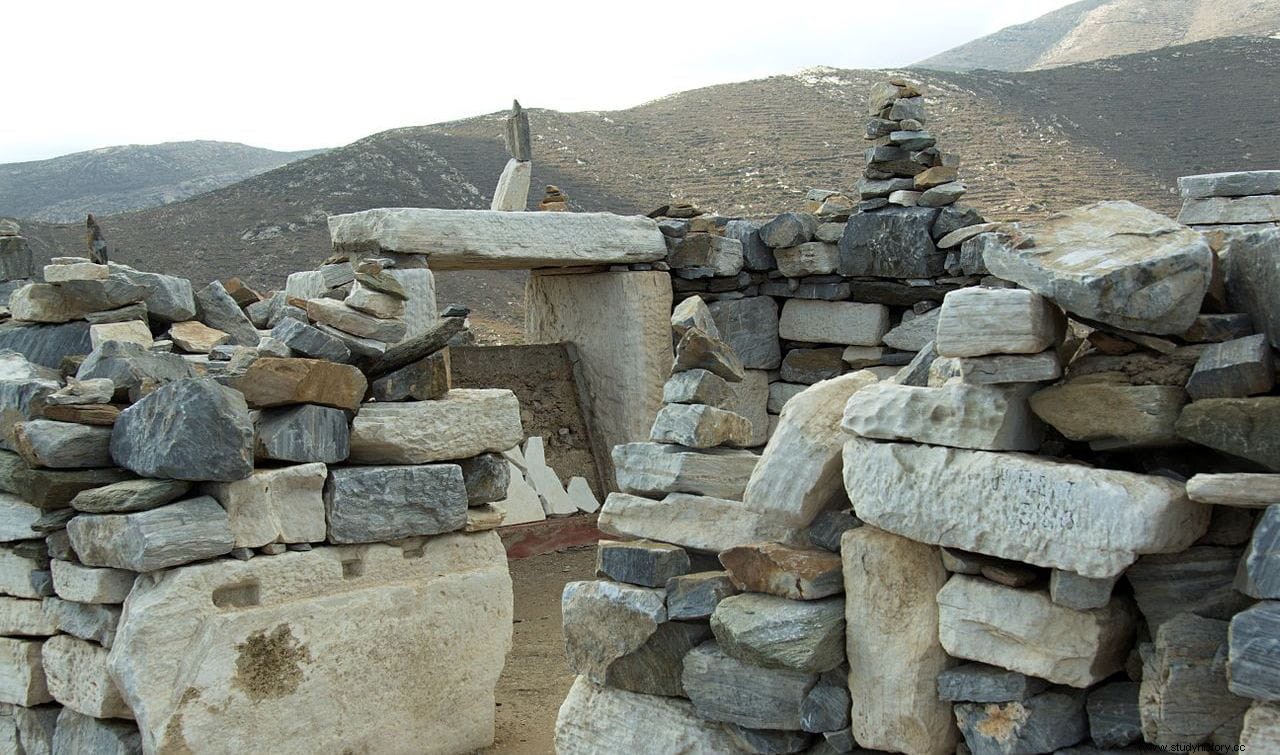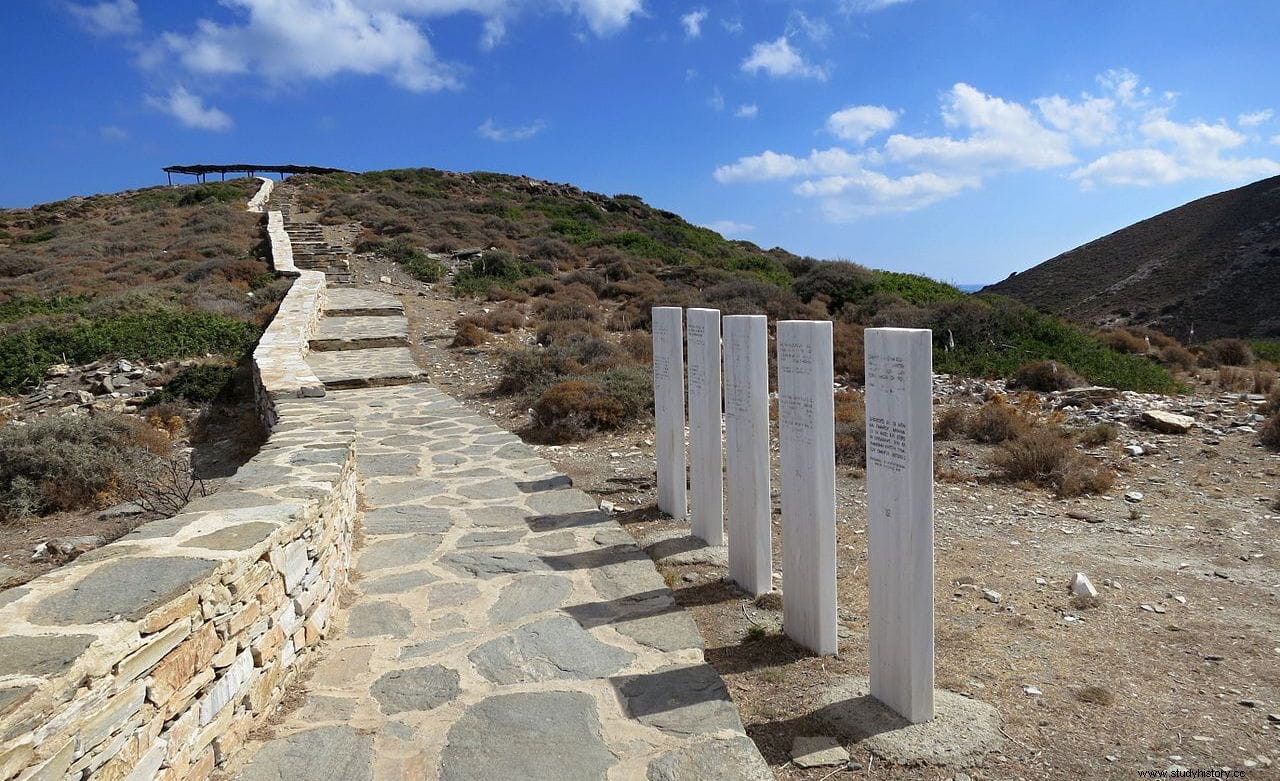According to Pausanias in his Description of Greece the poet Homer had once visited the sanctuary of Delphi, since there was a bronze statue of him there, on a stele on which was written the answer that the oracle gave to his question.
According to tradition, the question that Homer had asked the Pythia was what is my origin and who are my parents? .

However, Homer did not want to wait until he died to return to his birthplace and, disobeying the oracle, he traveled to the island of Ios, in the Cyclades archipelago. There he saw some children fishing on the shore, and asked them what they had caught. They replied what we catch we leave, what we don't catch we take with us .
Hearing this he remembered the oracle of the Pythia and, unable to solve the riddle, he panicked and ran. But the road was so muddy that he slipped, fell and hit his head and died instantly.
What the children were referring to was lice (those who caught killed them, those who didn't catch them got them on their heads).

But that is only one version of the story. Another tells that he actually died of grief for not being able to solve the riddle. And the biography attributed to the historian Herodotus (but whose calculations of Homer's age contradict those of the real Herodotus, and was possibly written as early as the 3rd century AD) provides us with a third version:that while in Samos he wanted to go to Athens, embarking with some samians. During the trip Homer would have gotten sick, and they had to disembark on the island of Ios, where he finally died.

For this reason, since ancient times, the inhabitants of Ios affirmed that Homer was buried there, and showed as his a tomb located on the northern tip of the island.
In the year 1771, a Dutch count named Pasch van Krienen, following the indications of Pausanias, set out to search for the tomb of Homer in Ios. On a mound on the northeast coast of the island he found a place that looked like an ancient construction, with many marbles, some of them inscribed, and three tombs. On one of the graves there was an inscription:
As Krienen wrote in his account of his discovery, upon opening the tomb he saw the skeleton rapidly turn to dust. He collected the slabs that covered it, including the inscription, and took them back to his home in Livorno, Italy. He never heard of them again, so it is considered that either they did not exist or that they were forgeries.

As for the place, today it is still called the Homer's tomb , although the small fortified enclosure of walls seems to be much later than the time of the famous poet. Several modern inscriptions remind the visitor of the testimony of Pausanias and other ancient sources, flanking the modern cobbled path that leads to the place where it is believed (although quite unlikely) he was buried.
